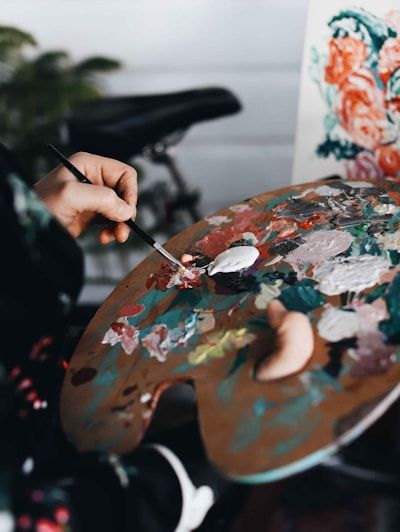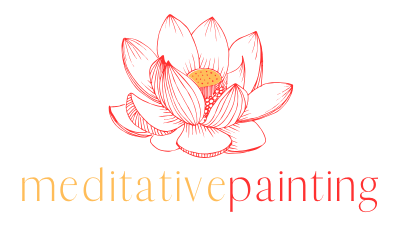discover your creativity
Meditative Painting
Where Emotions Meet Art: Unleash Your Imagination
Self Paced Learning
Monthly Workshop
Mindful Art Activities
Emotional Connection and Expression
Through Meditation and Art
Integrating meditation into your art practice can significantly enhance your emotional connection and expression by allowing you to tap into your inner world and convey emotions more authentically. Here's how meditation supports emotional connection and expression in art:
Deeper Self-Awareness
Meditation helps artists become more aware of their emotions and thoughts, allowing them to express themselves more genuinely through their art. This increased self-awareness enables artists to explore their inner world and convey complex emotions in their work.
Non-Judgmental Expression
Mindful art practices encourage artists to create without judgment, fostering an environment where emotions can be freely expressed. This non-judgmental approach helps artists connect with their true selves, leading to more authentic and emotionally resonant art.

Emotional Processing
Art-making can serve as a therapeutic outlet for processing emotions, allowing artists to transform their feelings into tangible expressions. This process helps artists understand and manage their emotions better, leading to greater emotional stability and depth in their work.
Authentic Self-Expression
By combining meditation with art, artists can tap into their innermost thoughts and emotions, creating art that reflects their true selves. This authenticity in expression can lead to artwork that is more impactful and relatable to others.
example of artists
Who Integrate Mindfulness into Their Work:
Abstract art is rooted in emotion rather than representation, allowing artists to convey profound feelings through their work. By integrating meditation into your artistic process, you can foster a deeper emotional connection to your creations, resulting in more expressive and emotionally resonant pieces.
Mark Rothko: Used color to evoke emotion and contemplation.
The materials, physicality, and fundamental of line and value are the three concepts that we start with during the first class, as well as in the rest of the courses.
Hilma af Klint: Created abstract art through meditation and spiritual connection.
You may find that using a set of tools designed specifically for the type of artwork you’re intending to create will make the process a lot easier, allowing you to progress much faster without worrying about making mistakes. You’ll be able to develop the confidence to take more risks in your work, which will ultimately result in a higher-quality final product.
Georgia O’Keeffe: Focused on the present moment in her close-up floral paintings.
Artists often draw inspiration from a variety of sources and employ a variety of drawing techniques. However, one of the most important skills for artists to develop is the ability to draw from direct observation.
Live Group Session
Courses
Explore our fascinating course
Sign up for our newsletter.Get exclusive news, tips & tricks
Thank you!

